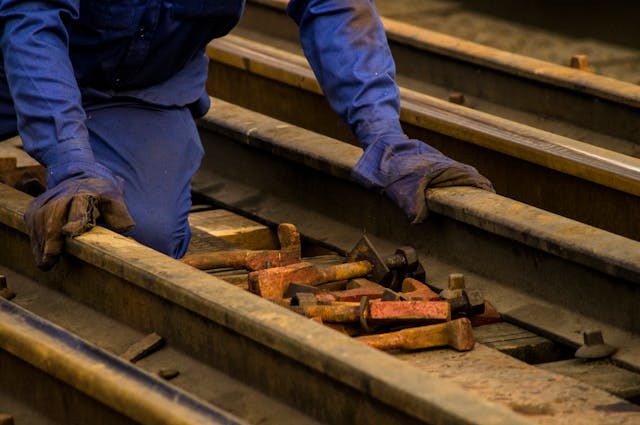
If you work in the railroad industry, you’re probably aware of the unique risks involved in your job. Whether you’re a conductor, engineer, track worker, or perform another critical function, your safety is constantly on the line. That’s where the Federal Employers Liability Act (FELA) comes into play. But how do you know if you have a valid FELA claim when you’ve been injured? Read this blog and reach out to our seasoned FELA lawyers to learn more. Here are some of the questions you may have:
What is FELA and How Does It Protect Railroad Workers?
The Federal Employers Liability Act (FELA), passed in 1908, was designed specifically to protect railroad employees. Unlike workers’ compensation, which is typically a no-fault system, FELA requires proof of negligence. This means that to secure compensation, you must demonstrate that your employer’s negligence contributed, at least in part, to your injury.
Why was this law created? At the time, railroad work was considered one of the most dangerous jobs in the country. Legislators recognized the need for additional protections for workers in this high-risk industry. Under FELA, railroad workers can recover damages for medical expenses, lost wages, pain and suffering, and more. The law encourages employers to prioritize safety measures and address hazardous working conditions, but it also requires employees to understand how their claims work.
Proving negligence can be tricky. It’s not always about a blatant disregard for safety. Sometimes, negligence occurs through something as seemingly minor as failing to properly train workers or not maintaining equipment. Even a small act of carelessness can give you the grounds to pursue a FELA claim. However, proving this requires evidence and sometimes expert testimony, making it essential to have legal guidance.
How Do I Win a FELA Claim?
Establishing negligence is a critical component of a successful FELA claim, and the first step involves gathering evidence. This could include safety records, witness statements, photographs of unsafe conditions, or even maintenance logs showing neglected equipment.
The concept of negligence under FELA is broad. Your employer doesn’t need to be solely responsible for your injury; they only need to be partially at fault. If you can show that your employer failed to provide a reasonably safe work environment, you might have a valid claim. For example, if a supervisor knew of a hazardous situation but did nothing to fix it, that could be considered negligence. Even if the fault appears to be shared, FELA allows you to recover damages as long as your employer’s actions played a role.
Sometimes, the issue lies in insufficient training. If you were not properly trained to handle certain equipment or were asked to perform duties you weren’t prepared for, this could also be a strong foundation for your claim. An experienced railroad injury attorney can assess the specifics of your case and guide you through the complex process of proving negligence.
If you have further questions or wish to file a FELA claim, simply contact the skilled railroad injury attorneys here at Hildebrand McLeod & Nelson LLP today.


